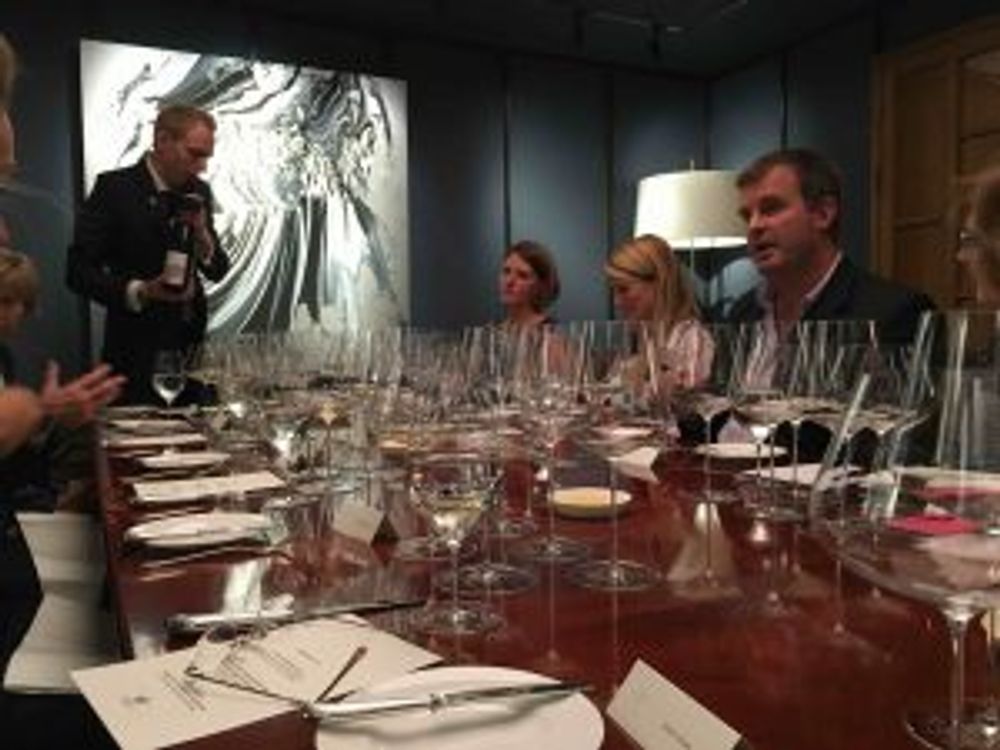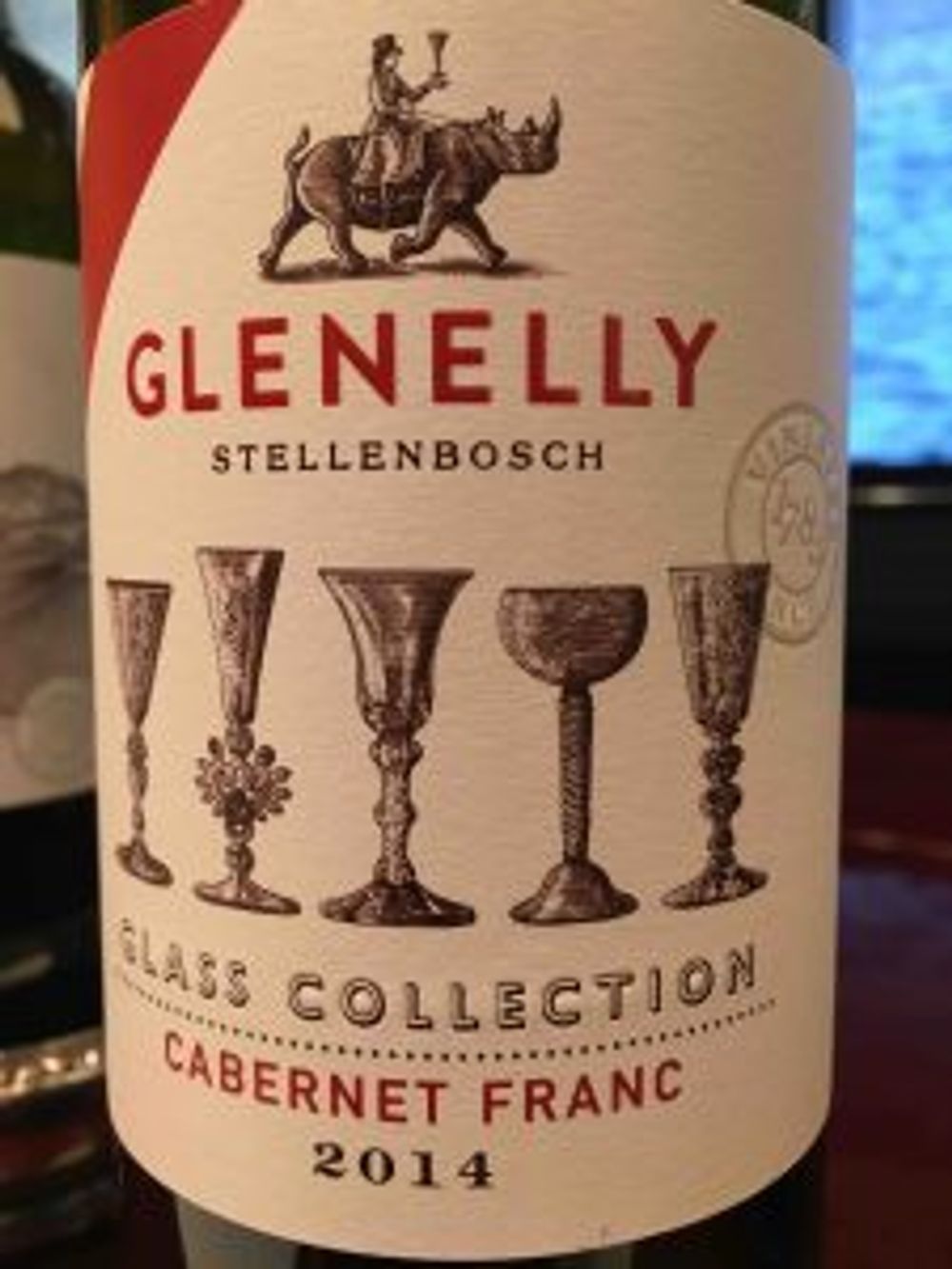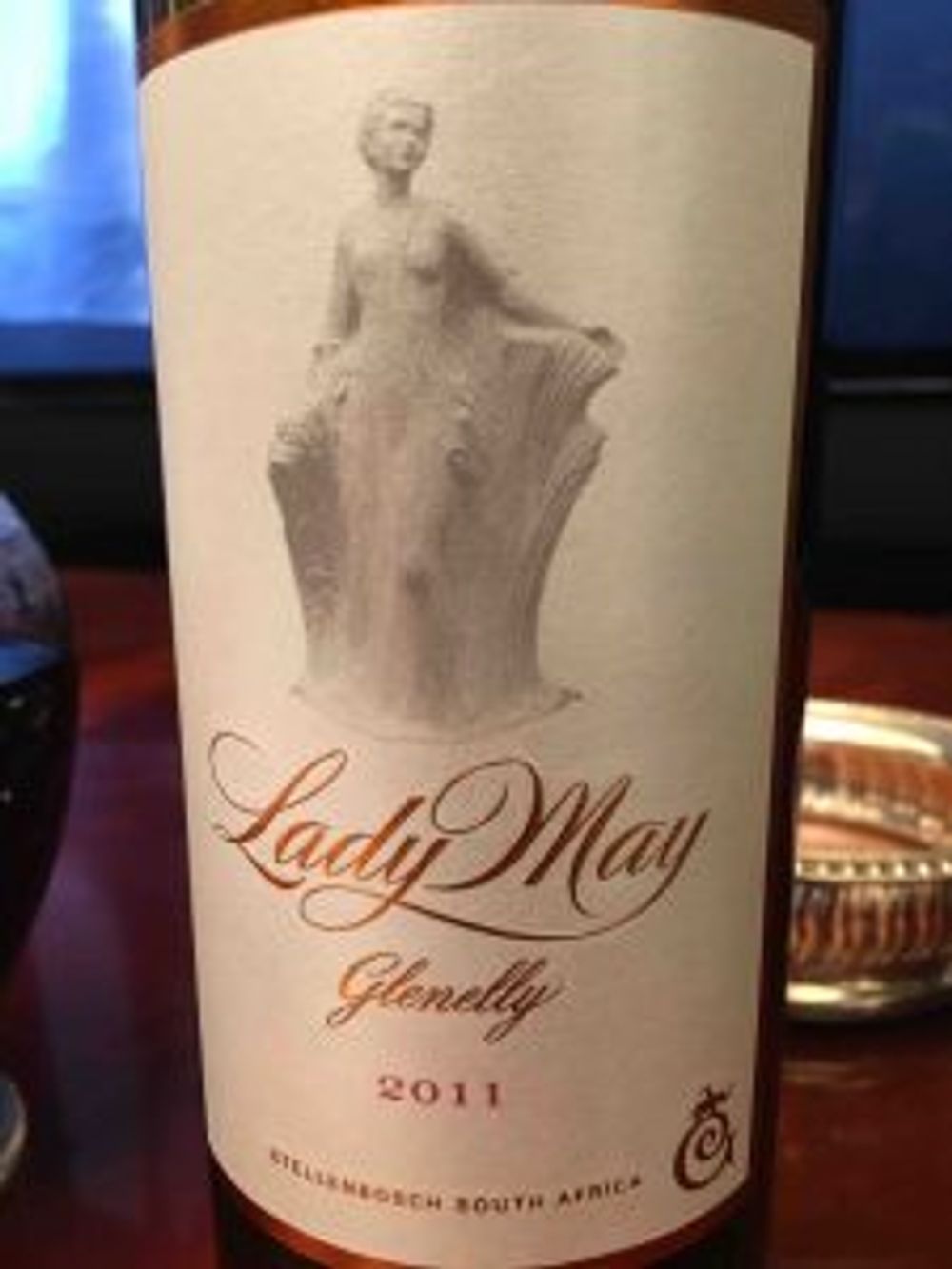A new varietal in Cabernet Franc, new packaging, lots happening at Glenelly Estate back in South Africa, plus eight wines to be tasted with and without food
Any lunch that ends with a sip of Mouton Rothschild 2000 from magnum is OK with me.
The lunch had nothing to do with Mouton but that’s a long story.
I was in 67 Pall Mall, the central London private members club that has been designed for the wine industry, as a guest of Glenelly Estate, the South African winery set up by May-Elaine de Lencquesaing of Pichon Longueville Comtesse de Lalande. The occasion was to launch their new vartietal Cabernet Franc, see the new packaging of their Glass Collection range and to taste their top cuvée Lady May 2011 against Pichon Longueville 2011 whilst eating a wedge of chocolate cake so big that it might as well have been served with a belt hole puncher to create a bit of room.
Changing times at Glenelly Estate
In a nutshell, the reason the Lencquesaing family bought this 62 ha estate in Stellenbosch in 2003 was to produce Bordeaux blends in South Africa. As chair of a major awards body, Lencquesaing couldn’t help but notice that every year the accolades for New World Bordeaux blends invariably went to wines from South Africa. Arthur, May’s grandson present at the lunch, called it her ‘crazy project’ and spoke of the challenge of making wines from a ‘blank canvas’. The first vines were planted in 2004 and the first vintage came through in 2008.

Luke O’Cuinneagain, winemaker at Glenelly Estate, explaining his technique at 67 Pall Mall
Apart from launching the Cabernet Franc, it’s busy times at the moment in Stellenbosch with Glenelly Estate opening a tasting room, a restaurant and a showroom that will house Lencquesaing’s extensive glass collection.
Glenelly Estate showed the eight wines that they produce – six varietals and two blends – which were tasted without food and then four served with lunch. It was interesting to try single varietals, made in South Africa with French knowhow.

That lunch menu in full
Without food we kicked off with 2015 Glass Collection Unoaked Chardonnay and the 2014 Estate Reserve Chardonnay. Although the oaking in 500l foudres allowed the fruit and the minerality to sit nicely with restrained oak, I did prefer the unoaked for its crisp, crunchy fruit, and notes of papaya and citrus.
Served with a starter of Lobster Thermidor pot pie it was a different story. In what was an excellent food pairing, the Estate Reserve won hands down – this is a precise wine and well made. Both wines are well priced at £12.50 for the unoaked, £16.50 for the oaked.
The four Glass Collection varietals – Merlot, Cabernet Sauvignon, Syrah and Cabernet Franc – are all medium bodied, lighter style reds with the fruit presented in a restrained manner, quite acidic, curious really for the New World and South Africa in particular. They had all had early picking, spontaneous natural fermentation in stainless steel, followed by malolactic in French oak. Even though I thought the Cabernet Sauvignon punched above its weight, especially priced at £12.50, I can think of similar wines both in South Africa and France that cost the same and have better overall balance.

The new packaging of The Glass Collection range
The Cabernet Franc grapes used to be sold to other winemakers until the 2014 vintage, this their first. Winemaker Luke O’Cuinneagain referred to it as ‘almost experimental’, and it will be interesting to see in what direction he takes the wine.
Bordeaux blends stole the show ‘natch.
The two Bordeaux blends stole the show. Without food the Estate Reserve 2011, a blend of Cabernet Sauvignon (40%), Syrah (40%), Merlot (10%) and Petit Verdot (10%) felt like it needed at least another 5 years in the bottle. Although the fruit profile was higher than the single varietals the tannins were quite grippy, and the oak was ever-present.

Drunk with Herb-roasted fillet of venison, bashed neeps, Macsween’s haggis and elderberry jus, however, it was a different story. The wine worked wonderfully well, and the freshness of the fruit was much more apparent.
The wine is a Bordeaux blend in a really old school way – using Syrah in the blend as the Bordelais used to in the 18th and 19th centuries when Hermitage was a blending wine. The food was inspired, the spiciness of the haggis bringing out an attractive pepperiness in the Syrah.
At a £16.50 price point the Estate Reserve, which is Glenelly Estate’s signature blend, is exceedingly good value and should be tasted.

Lady May 2011 is the estate’s ‘flagship wine’ and was tasted alongside a Pichon Longueville Comtesse de Lalande from the same vintage. Even though the 2011 Lady May is apparently drinking better than the more closed 2010, it was a delicious full-bodied wine displaying red and black fruits on the alluring nose and palate. The mouthfeel was good, with lots of fruit and balance. Without food you were more aware of the oak and tannin on the side palate, and a green edge to the tannins but with the food it worked very well indeed.
Lady May is £28.75 but the headline is that it stood up to the Comtesse and was by no means overshadowed, even though the Comtesse had a finesse that clearly shone through.
O’Cuinneagain interestingly calls himself the ‘custodian of the wines rather than a winemaker’ and explained how he picks early, uses natural yeast, and goes for a truly spontaneous ferment as one of the ways he tries to keep the alcohol levels down naurally. It’s an interesting style that for me works much better in the blends than the singe varietals.










































